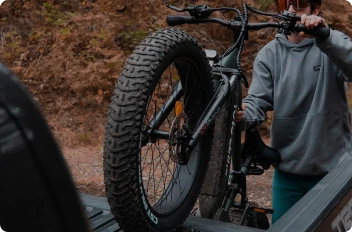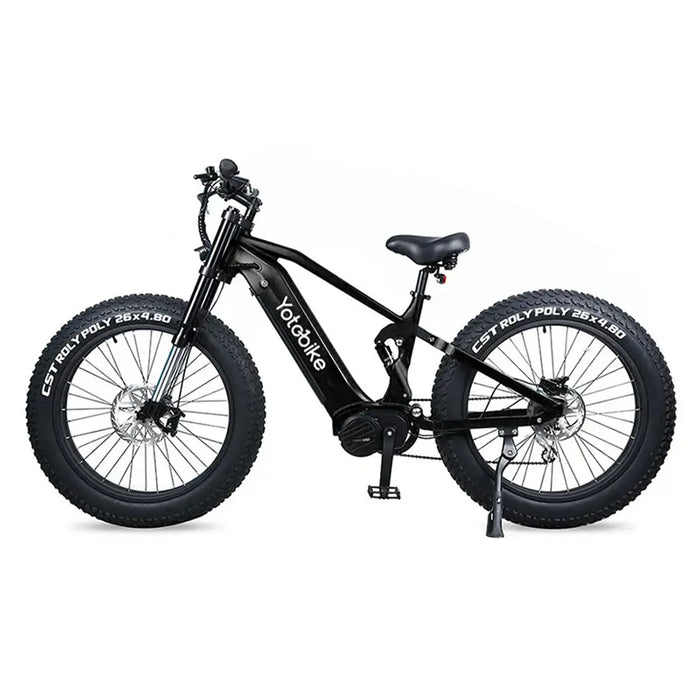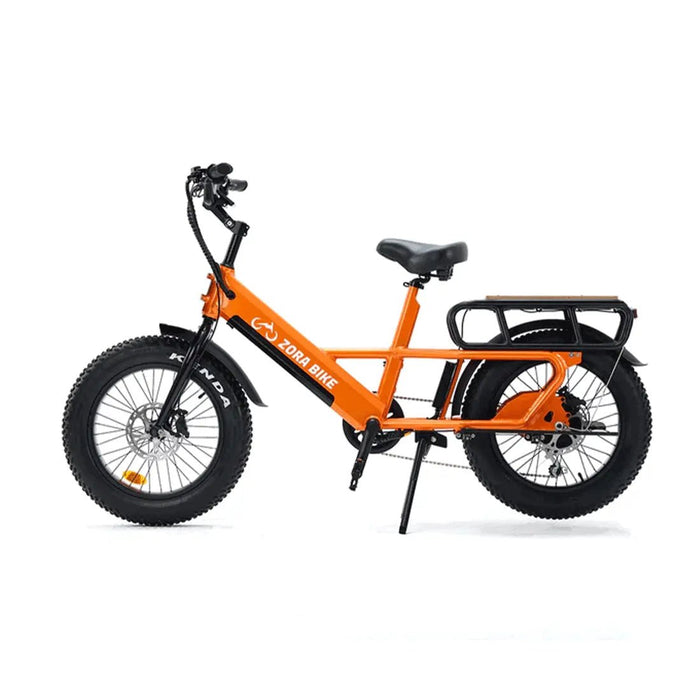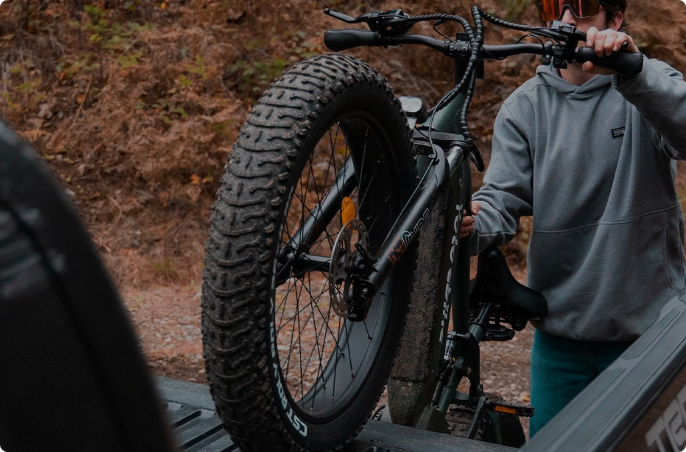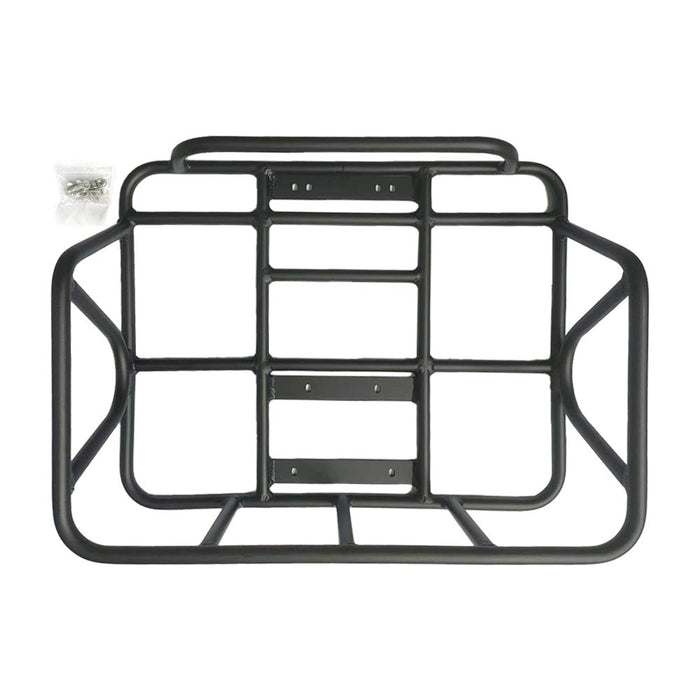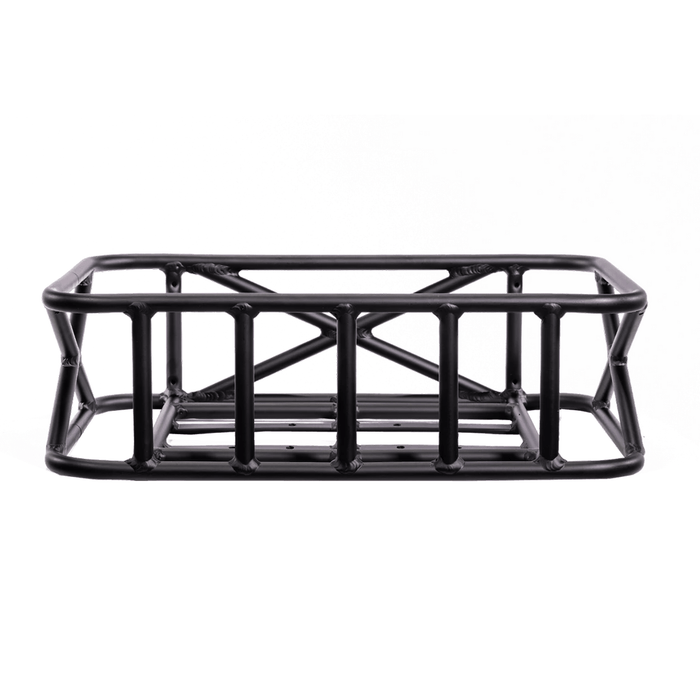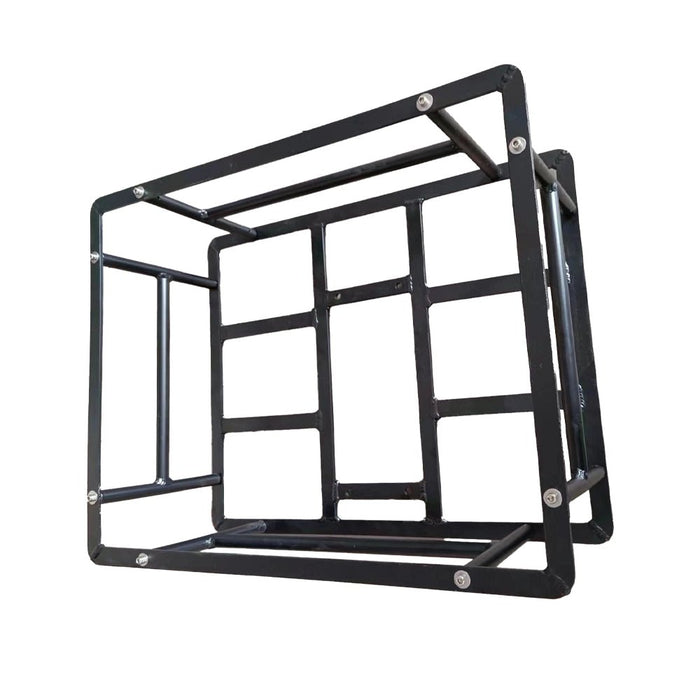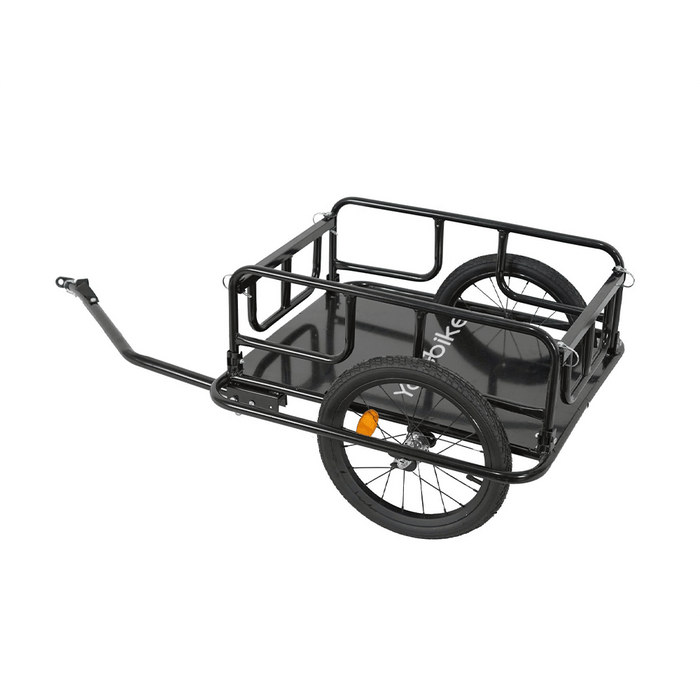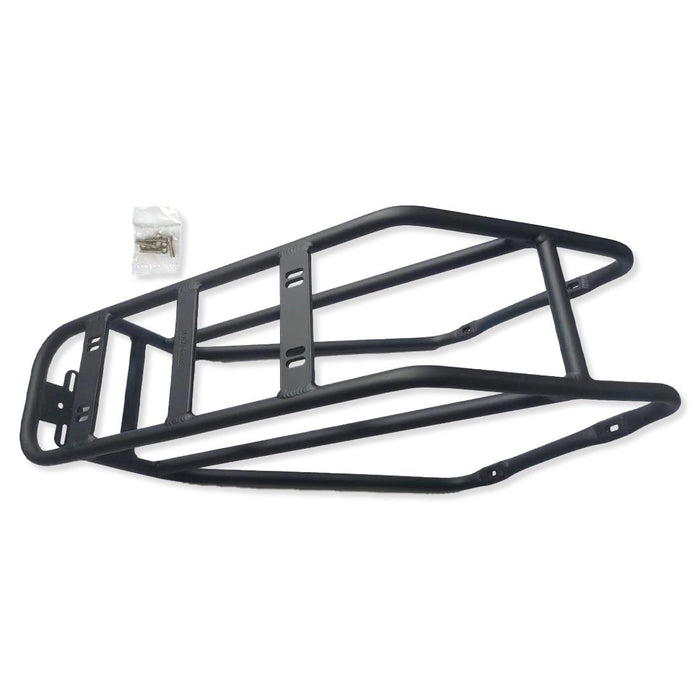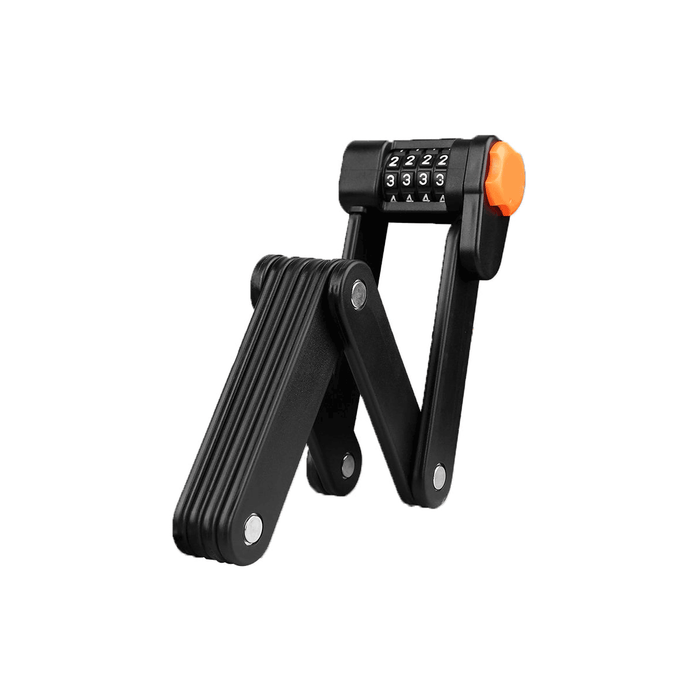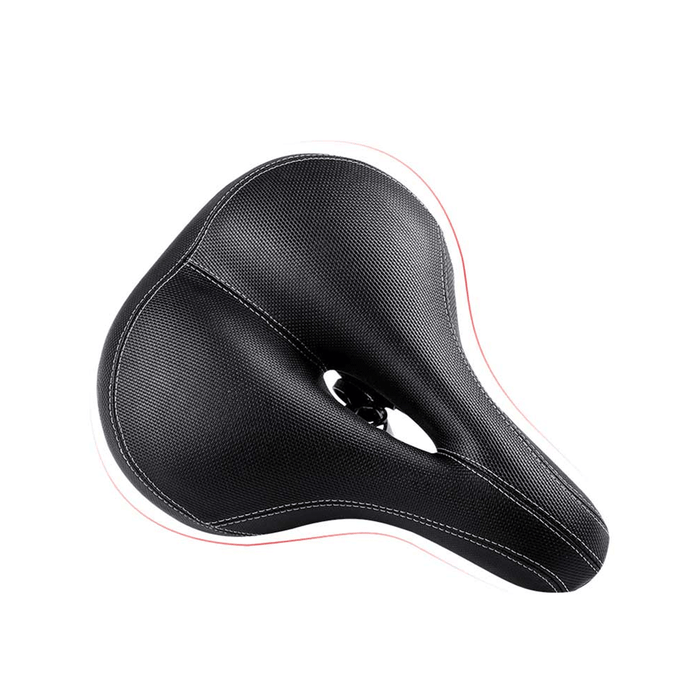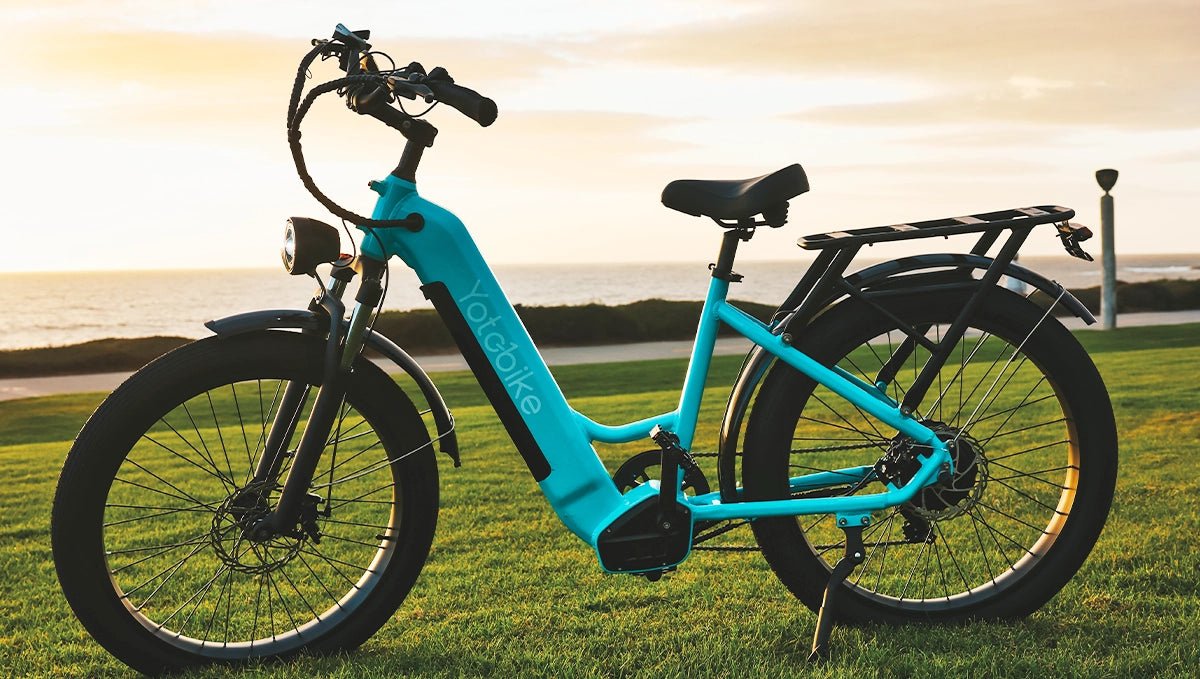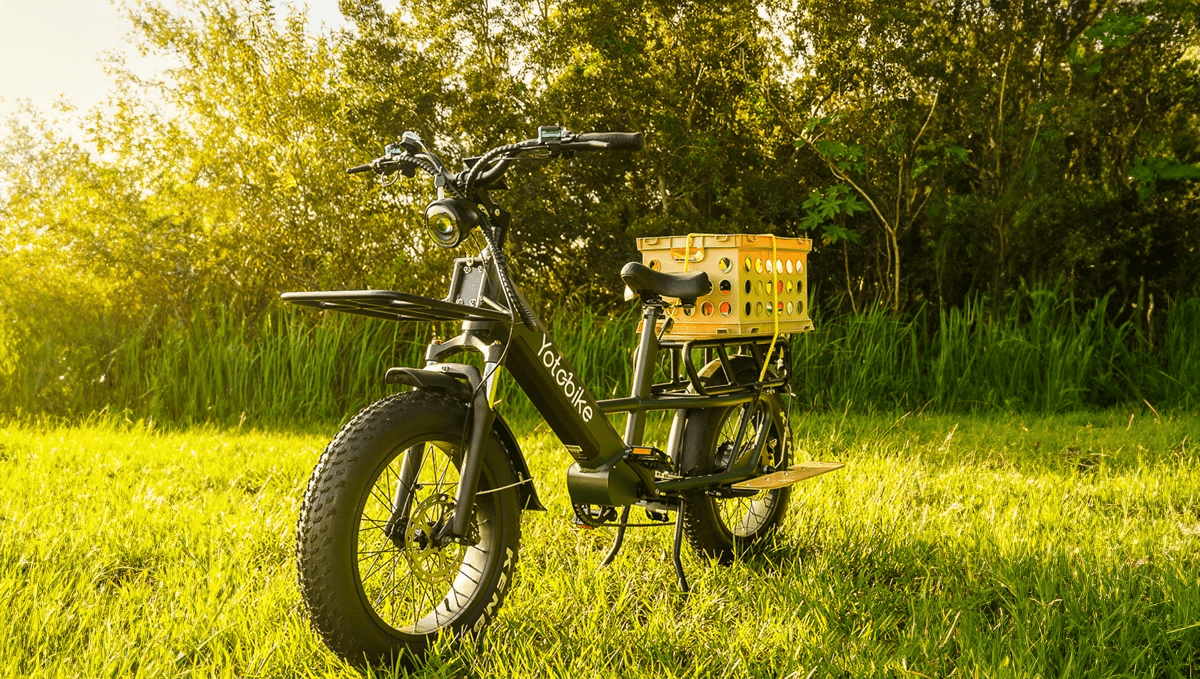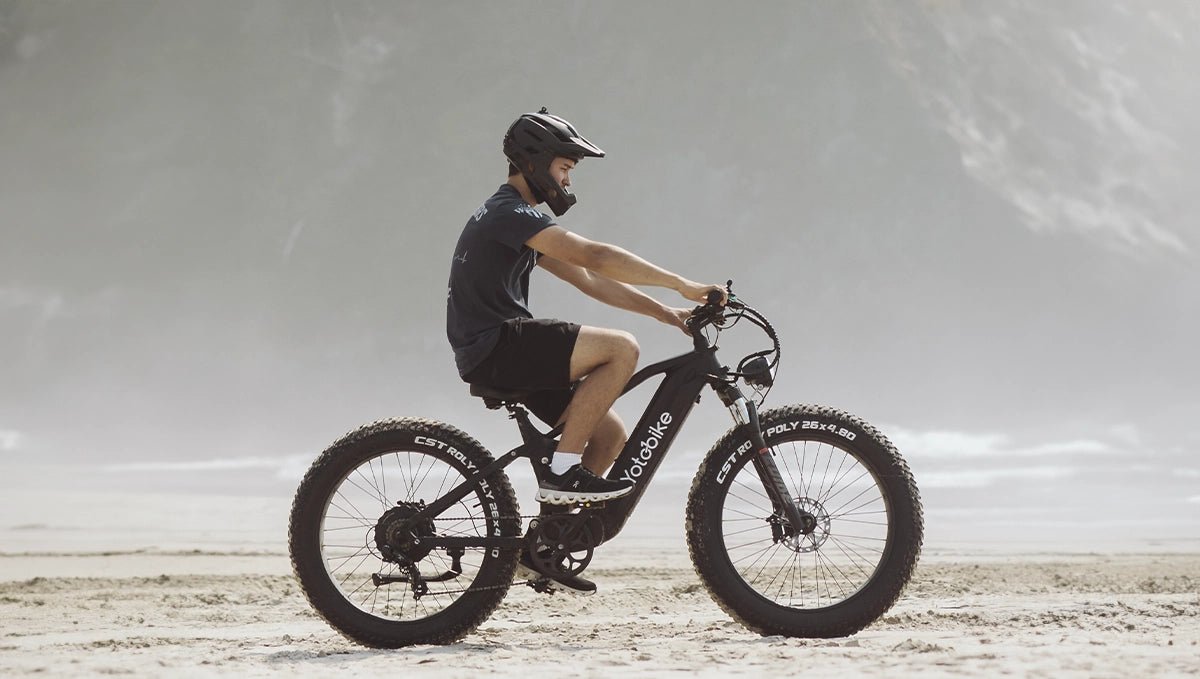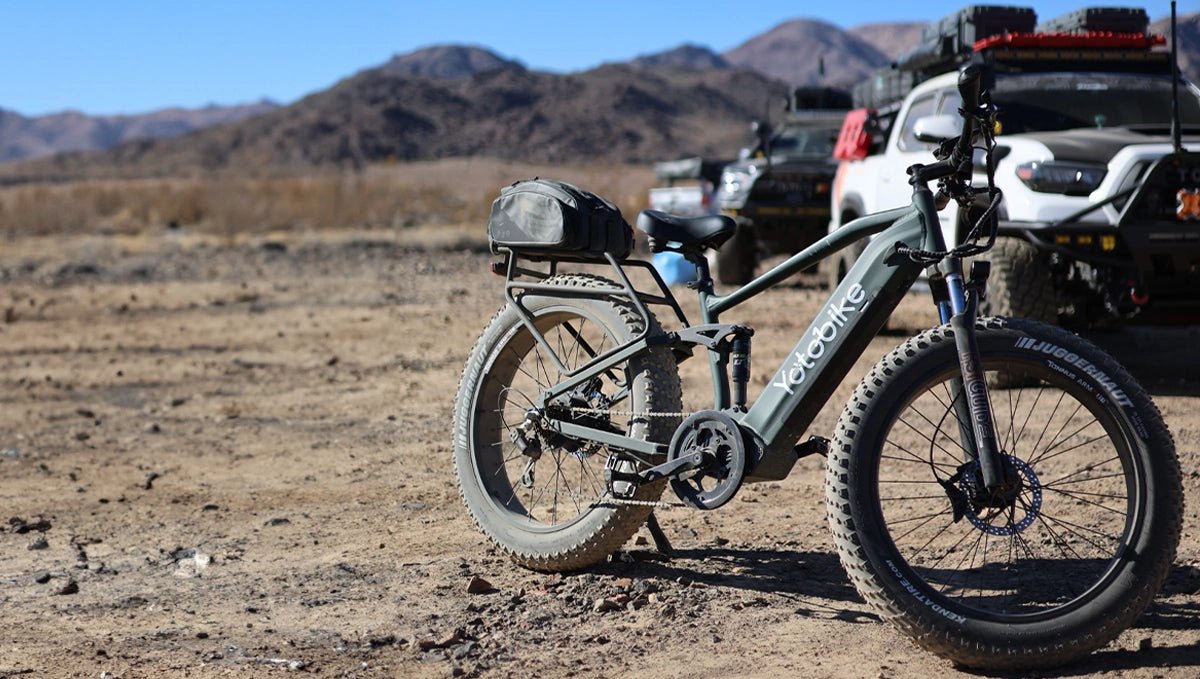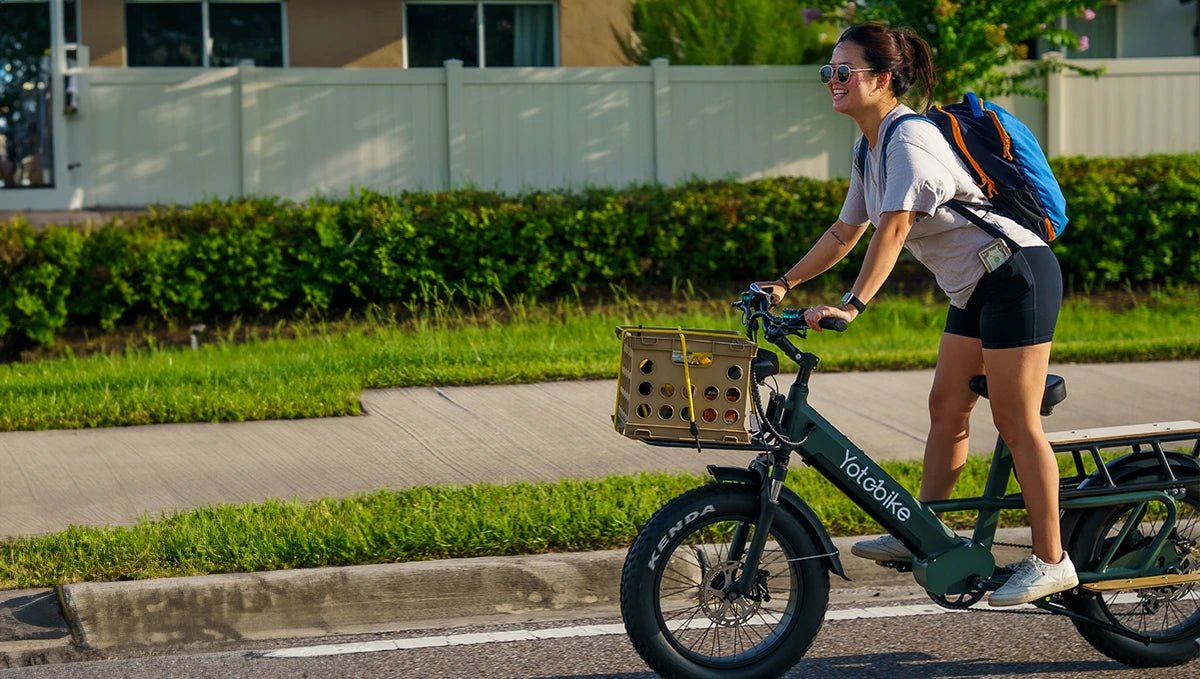
Electric bikes, or e-bikes, are revolutionizing the cycling world by balancing traditional pedaling and motorized assistance. How does an electric bike work? At their core, e-bikes combine human power with electric components like a motor and battery, making cycling easier and more efficient. Whether commuting or riding for leisure, e-bikes provide a smoother and more enjoyable experience. In this guide, we’ll break down how an electric bike works, focusing on its main components and key features to help you make an informed choice.

What Is an Electric Bike?
An electric bike looks like a traditional bicycle but has additional components, including a motor, battery, and control system, which work together to provide pedal assistance. The motor activates when you start pedaling, making it easier to cover long distances or tackle tough terrain. There are two primary types of e-bikes: pedal-assist and throttle-controlled. Pedal-assist bikes engage the motor when you pedal, while throttle-controlled e-bikes allow you to activate the motor without pedaling.
The electric components enhance your riding experience by reducing the required physical effort, making them a popular choice for commuters and recreational riders.
How Does an Electric Bike Work?
How does electric bike work? Electric bikes function on four primary components: the motor, battery, drivetrain, and control system. Understanding how these parts work together is key to appreciating the e-bike experience.
- Motor: The motor is the heart of an electric bike, providing the necessary power to assist your pedaling. Most e-bikes use either hub motors or mid-drive motors. Hub motors are positioned in the front or rear wheel, while mid-drive motors are near the pedals. Mid-drive motors offer better weight distribution and are more efficient for steep inclines.
- Battery: The battery stores energy to power the motor, and most e-bikes use lightweight, durable lithium-ion batteries. On average, e-bike batteries can last up to 40 miles on pedal-assist mode and 20 miles on throttle-only. Charging an e-bike battery typically takes 4 to 6 hours, depending on the model and battery capacity.
- Drivetrain: The drivetrain includes the bike's gears and chain, which transfer your pedaling power to the wheels. In pedal-assist mode, sensors in the drivetrain measure how hard you're pedaling and adjust the motor's assistance accordingly, ensuring a seamless transition between manual and electric power.
- Control System: The control system is typically located on the handlebars. It allows you to select different levels of assistance and displays essential information such as battery life, speed, and distance traveled.

These components work together to provide a responsive and efficient riding experience. The motor kicks in as you pedal, reducing the effort needed, especially on difficult terrain.
At Yoto, our electric bikes are designed with a 1000W hub motor and a 48V 20AH (960W) battery, balancing performance and efficiency, allowing you to travel at speeds of up to 28 mph and achieve a maximum range of 80 miles. These features make Yoto electric bikes perfect for powerful, efficient, and reliable performance for city and off-road riding. Whether you’re after a comfortable city ride or an adventurous off-road experience, Yoto offers the ideal solution.
How to Operate an Electric Bike
Operating an electric bike is simple and intuitive. You start by turning on the electric system using the power button on the control panel or battery. Once powered on, you can select your preferred level of motor assistance using the control panel. Lower levels offer minimal assistance, while higher levels provide more power, making tackling steep hills or long-distance rides easier.
As you pedal, the motor will engage automatically and assist you based on the chosen level. For e-bikes with throttle control, you can use the throttle to ride without pedaling, draining the battery more quickly. You can also shift gears like on a regular bike, with lower gears providing more torque for climbing and higher gears suited for flat terrain.
Lastly, braking on an e-bike is similar to a traditional bicycle. However, since e-bikes tend to be heavier, smooth braking is important. Most electric bikes have disc brakes, which offer greater stopping power, especially at higher speeds.
What to Look for When Choosing an Electric Bike
Several key factors should be considered when choosing an electric bike to ensure it fits your needs. One of the most important aspects is the battery range. For longer rides, selecting a model with a battery that provides ample distance per charge is essential. Most e-bike batteries range between 20 to 40 miles, depending on the level of assistance used.
Motor power is another vital factor. A 250W motor is typically suitable for flat terrains or city commutes, while a 500W motor or more is ideal for hilly areas or heavier riders. The frame design also plays a crucial role. Lightweight frames are easier to handle in urban environments, while sturdier frames provide more durability for off-road adventures.
Additional features such as integrated lights, racks, and suspension can enhance comfort and practicality, especially for daily commuting or longer rides. These features ensure a smoother ride and make e-bikes more functional for various purposes.
Conclusion
Electric bikes are an excellent option for anyone looking to make cycling more accessible, whether for commuting, fitness, or fun. Understanding how does an electric bike work and knowing what features to look for can help you find the perfect model for your needs. By combining human power with electric assistance, e-bikes allow you to ride further, faster, and
FAQs
Do you still have to pedal an electric bike?
Yes, most electric bikes require you to pedal to engage the motor. The motor assists as you pedal, making climbing hills or covering longer distances easier. Some e-bikes also have a throttle, which allows you to ride without pedaling, but this drains the battery more quickly.
Do electric bikes charge themselves while pedaling?
No, most electric bikes must be plugged into a power outlet to charge. Some models may have regenerative braking systems, but this feature only helps conserve a small amount of energy and does not fully recharge the battery.
How hard is it to pedal an electric bike?
Thanks to the motor assistance, pedaling an electric bike is much easier than riding a traditional bicycle. You can adjust the level of assistance based on your preferences, allowing you to exert less effort, especially when tackling hills or riding long distances.

